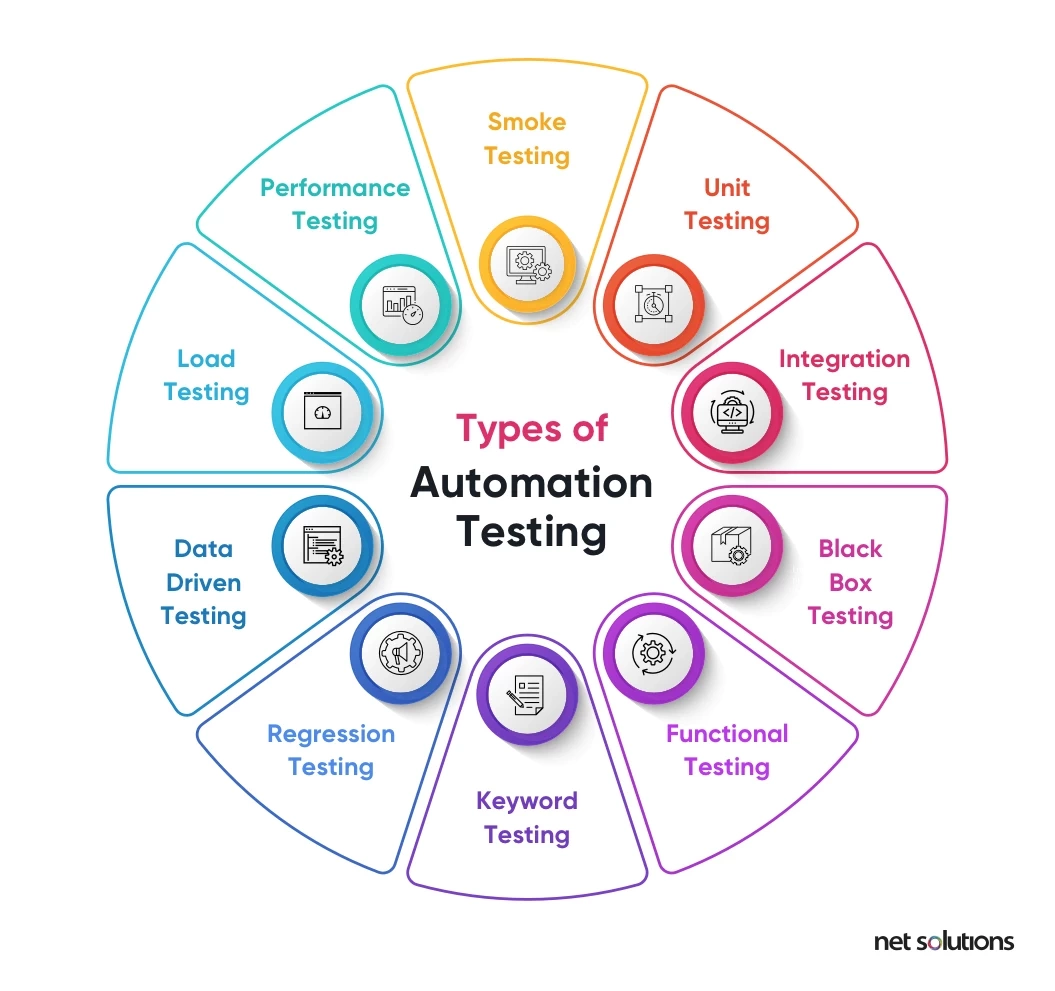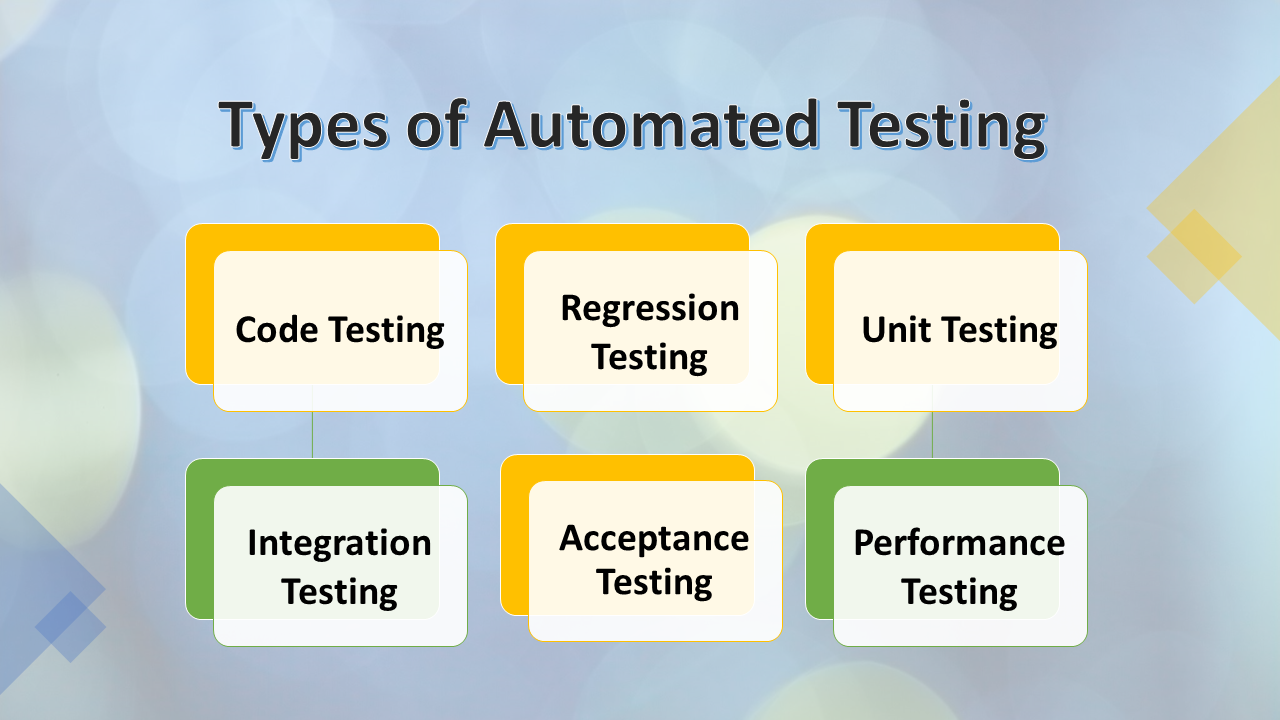From Guidebook to Automated Screening: A Comprehensive Overview to Transitioning Efficiently and Effectively
In the realm of software testing, the change from handbook to automated processes has actually ended up being an increasingly essential change for organizations looking for to improve effectiveness and precision in their screening techniques. The trip from manual to automated testing is not without its obstacles, however when come close to tactically and with a clear plan in mind, the benefits can be significant.
Benefits of Automated Examining
Automated screening supplies numerous advantages, enhancing effectiveness and precision in software program growth procedures. Automated examinations can be run simultaneously on several gadgets and running systems, substantially speeding up the testing phase compared to manual testing.
Moreover, automated screening makes sure a higher level of precision in discovering problems. Consistency in screening is likewise boosted, as automated examinations perform the same actions precisely each time they are run.
Picking the Right Devices
To start with, assess your objectives and requirements. Recognize the extent of your task, the modern technologies entailed, and the ability collection of your group. This evaluation will certainly aid you establish the attributes and capacities you call for in your screening devices.
Second of all, think about the compatibility of the tools with your existing systems and processes. Smooth assimilation with your existing software growth lifecycle is necessary to make sure a smooth shift to automation.
Additionally, evaluate the scalability and adaptability of the tools. As your testing requires develop, the devices must be able to adjust and fit changes properly.
Finally, consider the assistance and neighborhood around the tools. When applying automated testing, durable support and an energetic user neighborhood can provide useful resources and help. By carefully taking into consideration these elements, you can pick the right tools that straighten with your requirements and established the phase for a successful change to automated testing.
Creating Effective Test Manuscripts

When crafting test manuscripts, it is necessary to consider the details demands of the software being checked and ensure that the manuscripts attend to all vital capabilities. Clear and descriptive naming conventions for test manuscripts and test situations can boost readability and maintainability. Furthermore, including error handling systems within the examination scripts can assist in recognizing and dealing with concerns promptly.
Moreover, arranging test scripts right into modular parts can improve reusability and scalability, decreasing redundancy and boosting efficiency in test manuscript upkeep. Normal reviews and updates to check manuscripts are crucial to keep rate with advancing software demands and capabilities. By following these principles, testers can produce durable and reliable test scripts that contribute substantially to the success of automated screening procedures.
Integrating Automation Into Workflows
Efficient combination of automation devices right into existing operations streamlines processes and enhances efficiency within software program growth cycles. When including automation right into operations, it is essential to determine repeated jobs that can be automated to conserve time and lower human mistake. By perfectly integrating automated testing tools like Selenium or Appium into the software development lifecycle, teams can achieve click here to find out more faster feedback on code changes, leading to quicker bug detection and resolution. This assimilation enables continuous testing throughout the development procedure, making sure that any type of problems are determined early, causing greater software application quality. Additionally, automation can be made use of to activate tests automatically after each code devote, supplying instant validation and releasing up testers to focus on even more complicated situations. Proper assimilation of automation devices requires cooperation between development, screening, and operations groups to establish a unified workflow that enhances efficiency and performance in providing premium software.
Guaranteeing a Smooth Change
Successfully transitioning to automated testing includes thorough planning and mindful execution to make best use of and reduce interruptions performance in the software program development process - automation testing. To guarantee a smooth shift, it is important to begin by conducting a complete analysis of the existing screening procedures and recognizing locations where automation can bring one of the most substantial advantages. Involving with all stakeholders beforehand at the same time, consisting of programmers, testers, and task supervisors, is crucial for garnering support and buy-in for the automation initiative
Communication is key throughout this change stage. Clear interaction of the objectives, benefits, and expectations of automated testing aids to take care of any kind of resistance or worries that might develop. Furthermore, supplying appropriate training and resources for team participants to upskill in automation tools and techniques is vital for ensuring an effective change.

Verdict
Finally, transitioning from manual to automated testing provides various benefits, including boosted effectiveness and dependability. By choosing the ideal devices, creating reliable examination manuscripts, and incorporating automation effortlessly into process, organizations can guarantee a smooth and successful transition. It is vital to embrace automation as a valuable asset in software screening procedures to enhance general quality and productivity.
In the realm of software program screening, the shift from handbook to automated processes has actually official statement come to be a progressively crucial shift for organizations looking for to improve effectiveness and accuracy in their screening methods. Automated tests can be run simultaneously on numerous tools and operating systems, significantly speeding up the screening stage compared to hand-operated screening. Consistency in screening is likewise improved, as automated examinations carry out the same actions exactly each time they are run.To guarantee the effective application of selected screening tools, the creation of reliable test manuscripts plays a vital role in validating the capability and performance of automated procedures - automation testing. By view it complying with these principles, testers can produce effective and durable test scripts that add substantially to the success of automated testing processes